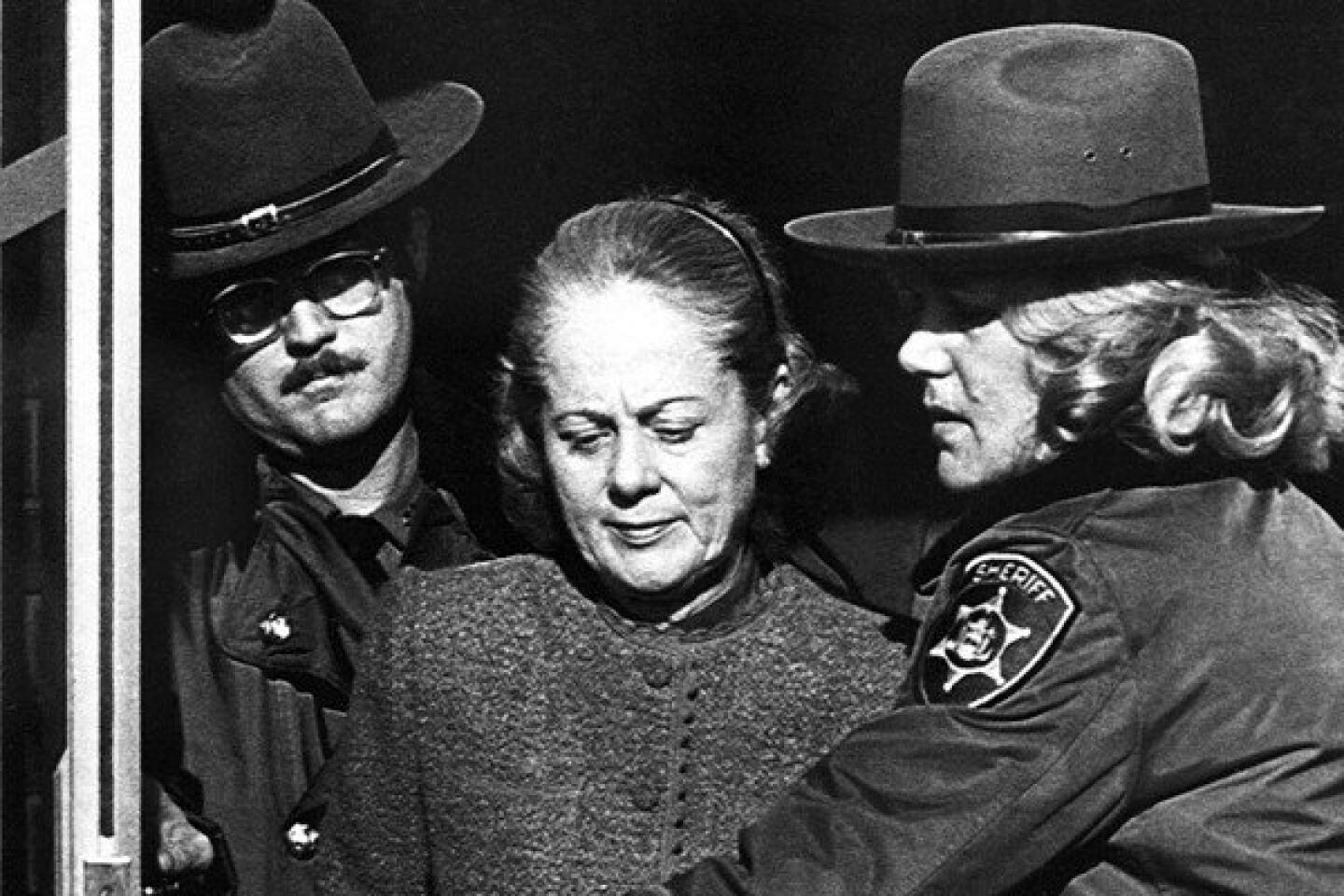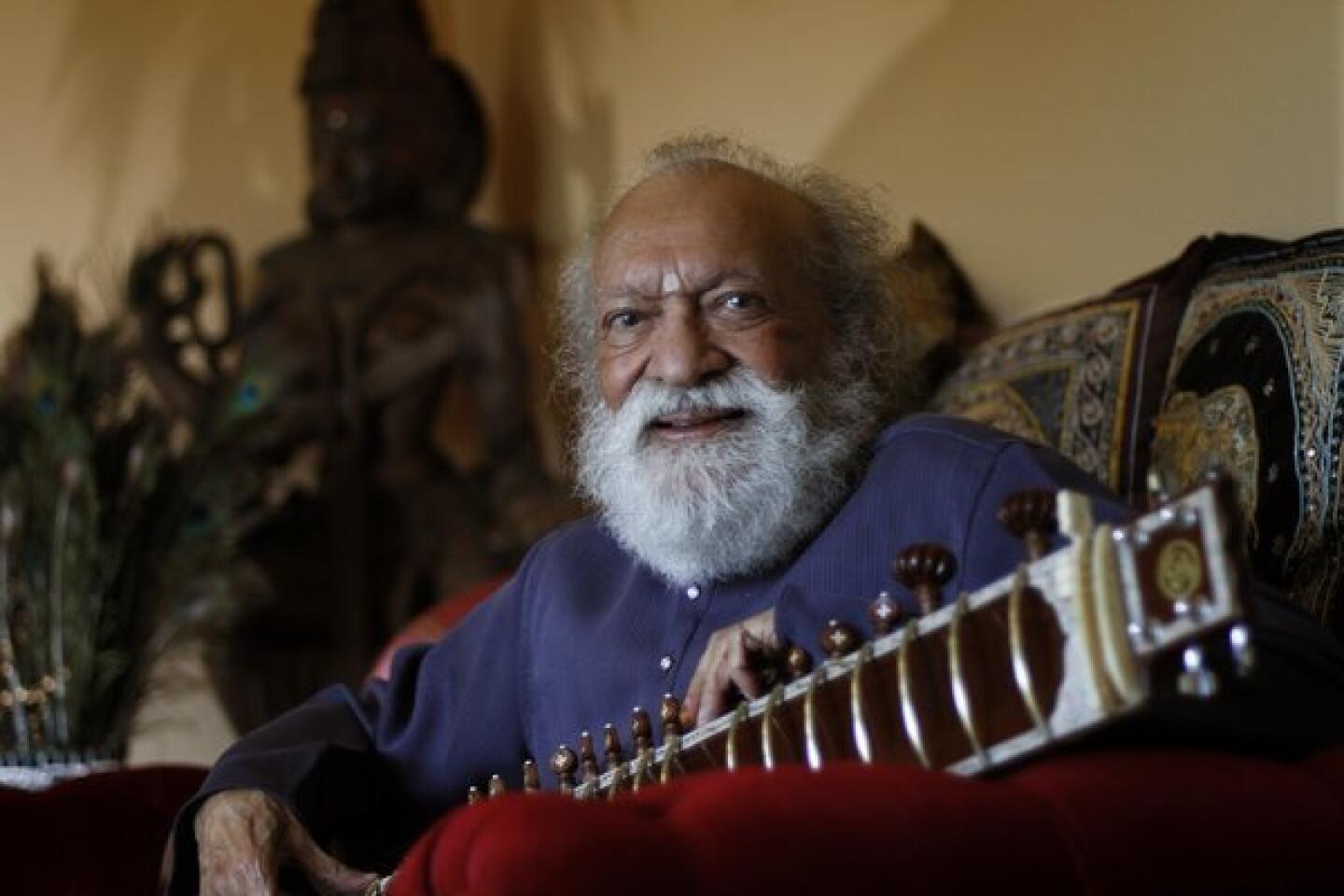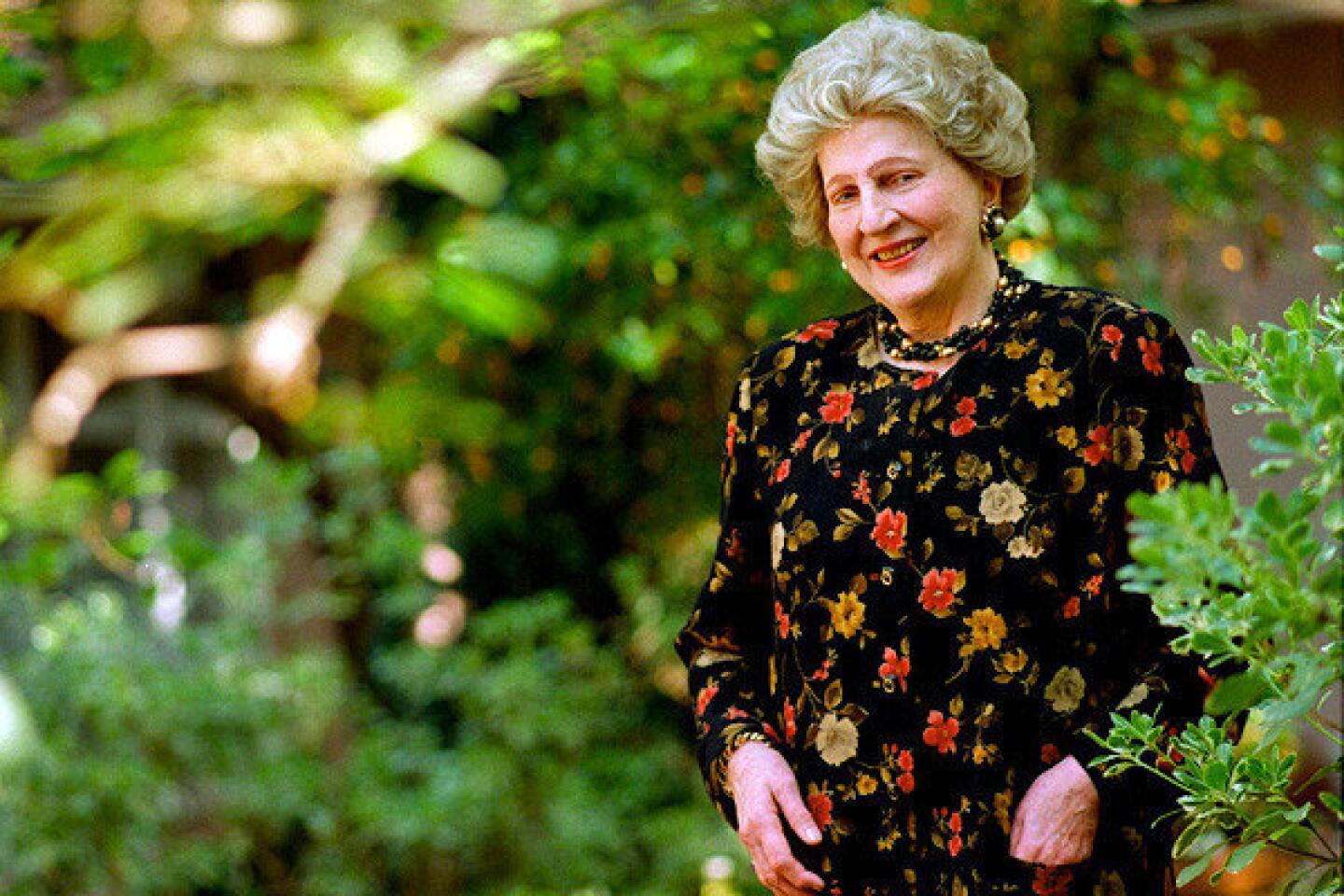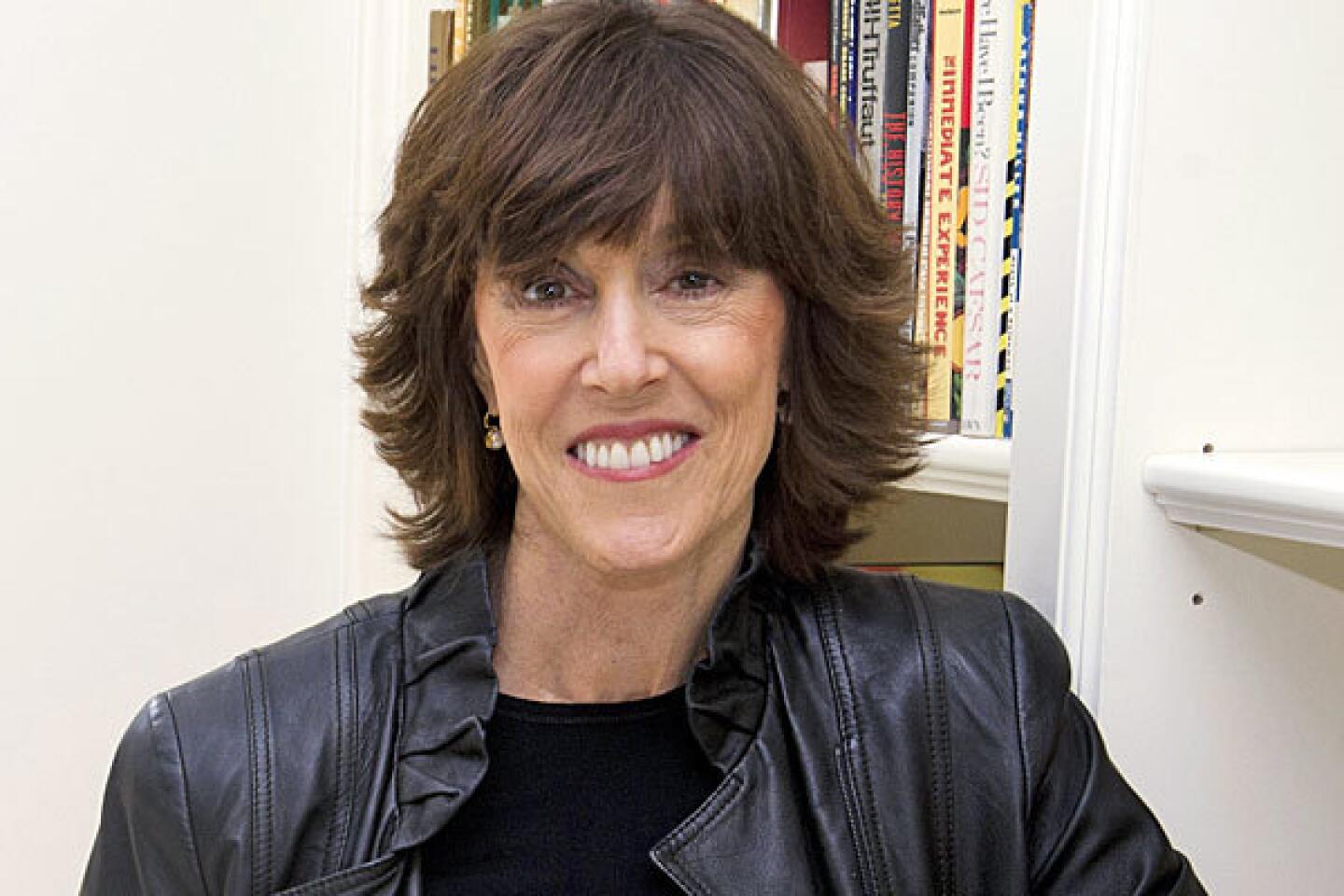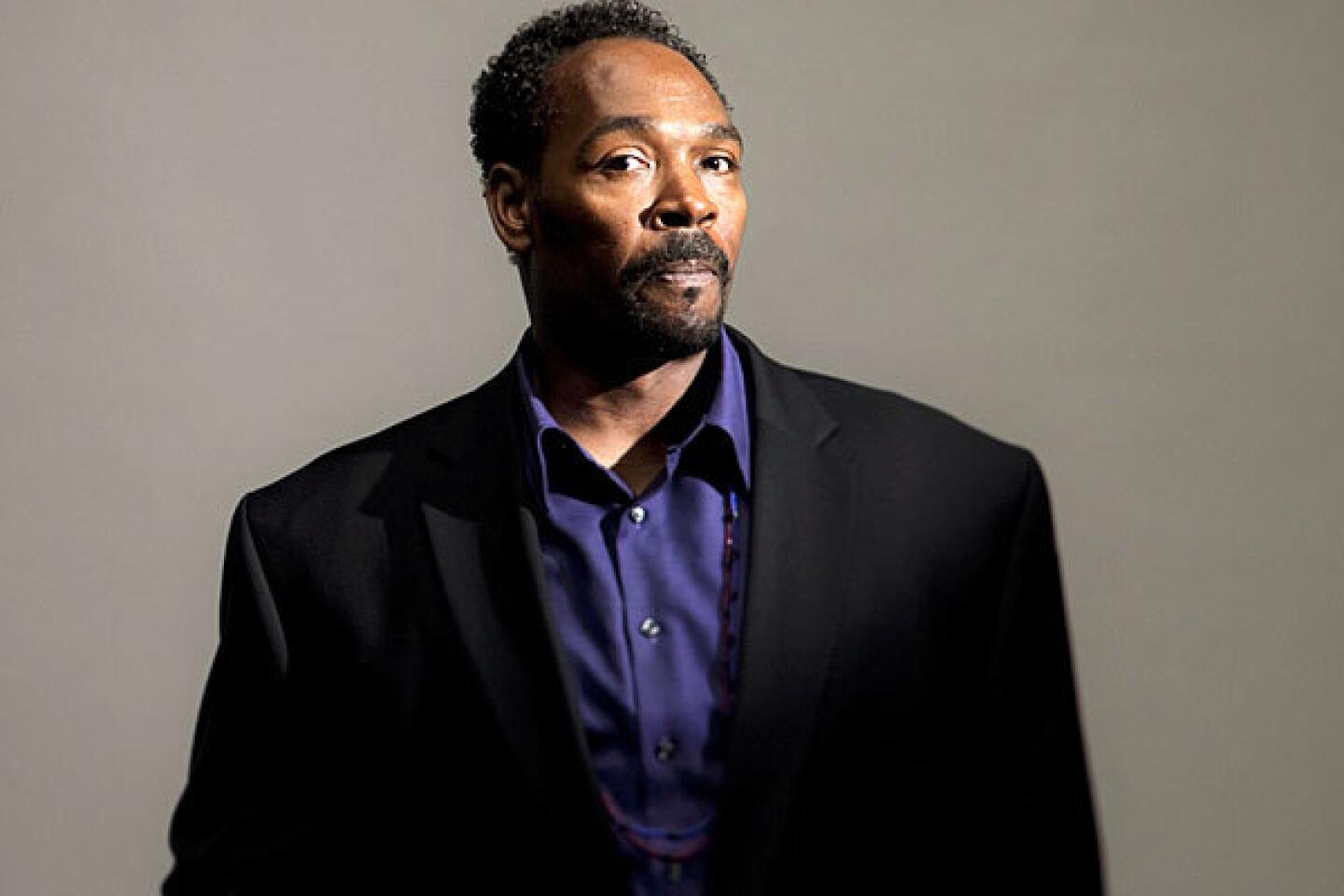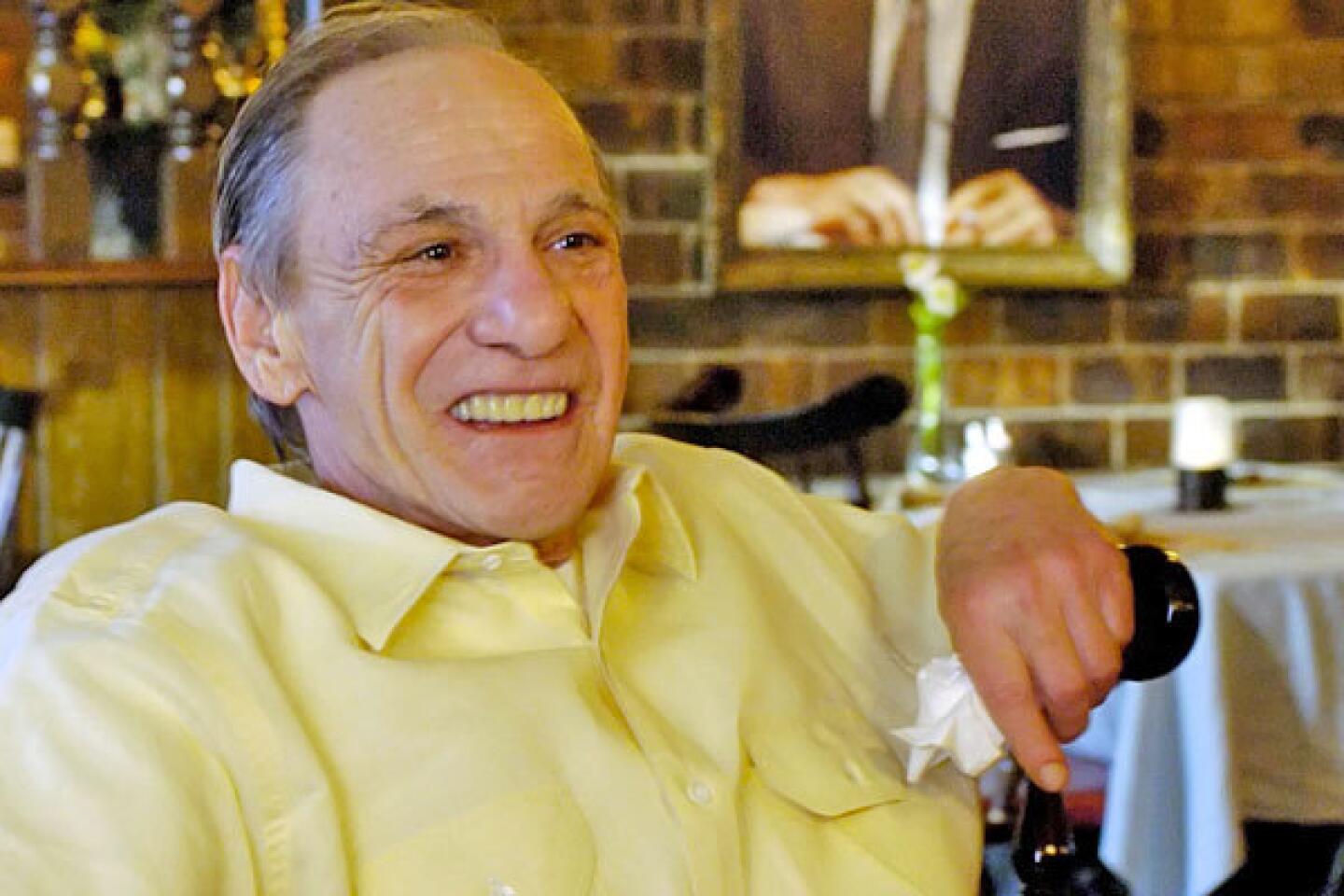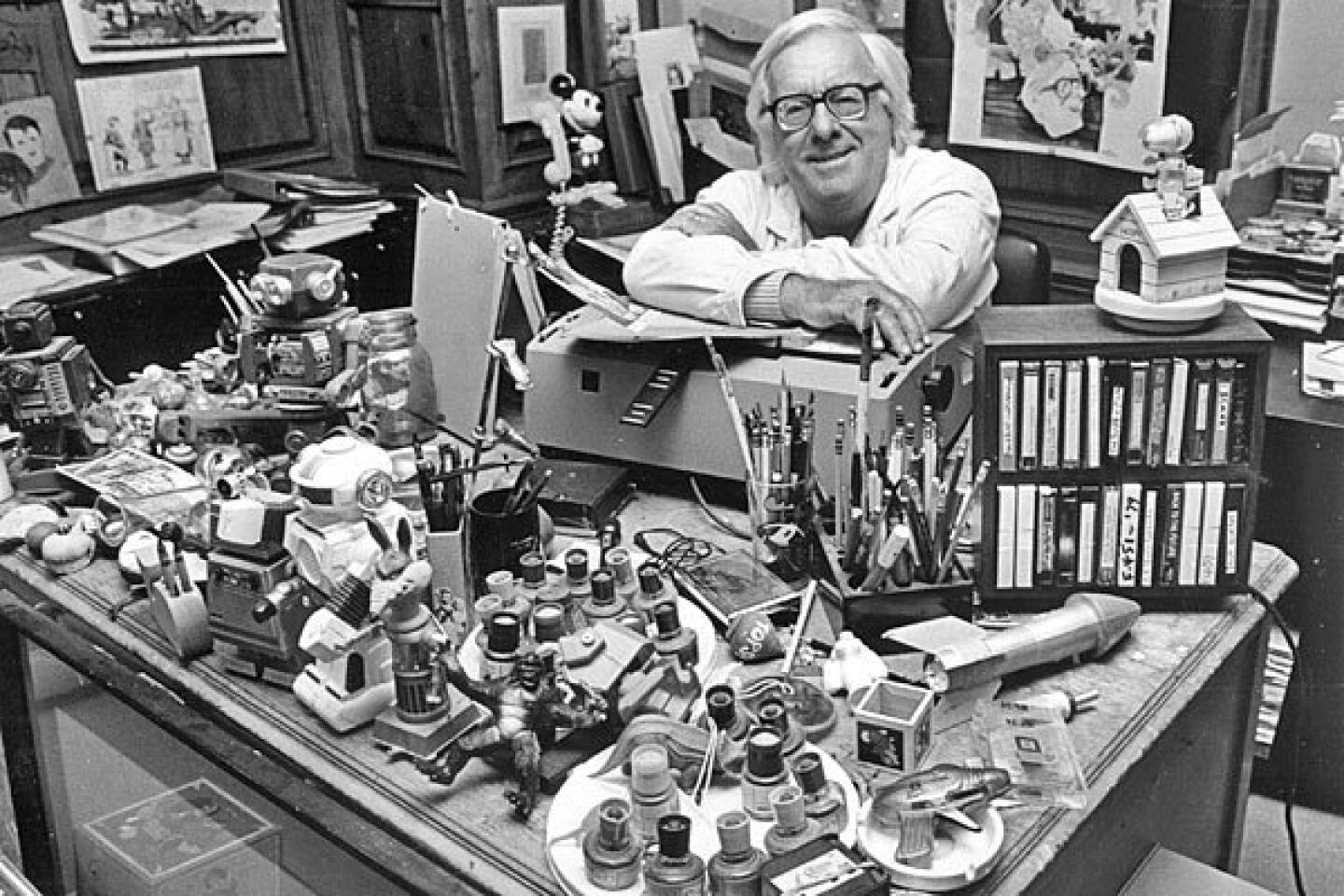James R. Browning dies at 93; led 9th Circuit Court of Appeals
- Share via
James R. Browning, the rural Montana native who rose to head the powerful U.S. 9th Circuit Court of Appeals and unified its diverse judges in campaigns to enlarge the bench and protect the sprawling circuit from division, has died. He was 93.
Browning died Saturday at a Marin County hospital, the court said in a Monday night announcement. The cause was not given.
Browning was the last 9th Circuit judge appointed by President Kennedy, whom he met on Inauguration Day 1961, when, as clerk of the U.S. Supreme Court, he held the Bible as the chief justice swore the youngest chief executive into office.
A force on the 9th Circuit for more than half a century, Browning’s greatest contribution, in his own estimation and that of others, was protecting the vast circuit spanning nine states and two Pacific territories from being split into two or three courts, diminishing its authority to decide most laws for one-fifth of the nation.
Many in Congress had come to believe the Western appeals court had grown too large to function efficiently. In the mid-1970s, when lawmakers sought to consider splitting up the circuit while addressing the backlogged court’s plea for more judges, Browning lobbied what were then 12 fellow judges on the appeals bench to send a unified call to Congress to provide the new judges first and consider the contentious division proposal later.
“Judge Browning quickly realized that if the court was to have any hope of getting the judges it so badly needed, the judgeship requests would have to be separated from issues of circuit division,” recalled Arthur Hellman, a University of Pittsburgh law professor and 9th Circuit historian.
“He kept the circuit together in the face of strong political pressures to divide it. He did this with skill and charm and a tremendous ability to work with people,” Hellman said.
Testament to Browning’s talent for low-key persuasion, Browning got all 18 senators from the 9th Circuit states, both Republicans and Democrats, to join in the appeal for expanding the bench quickly. The strategy succeeded, and the court was given 10 new judgeships that were filled by President Carter, imprinting the bench with the liberal image it still retains for many.
The circuit split idea failed before several Congresses and was eventually abandoned in the 1980s, but not before Browning responded to the lawmakers’ call for reform of and innovation on the giant court.
“While we are always saddened by the loss of a valued colleague, the passing of Judge Browning truly marks the end of an era for the 9th Circuit,” Chief Judge Alex Kozinski said. “On the bench, Judge Browning was a distinguished jurist who cared deeply about achieving justice. In judicial governance, he was an innovative administrator, who cajoled the court into the computer age. As importantly, perhaps, he was a genuinely warm and caring human being, famous for the twinkle in his eye, who brightened the lives of everyone around him.”
The court’s stately headquarters in San Francisco was renamed for Browning in 2005 after its renovation, a tribute Kozinski described as a rightful honoring of the judge who served the court for more than 50 years, including 12 as its chief judge from 1976 to 1988.
During his tenure as chief judge from 1976 to 1988, Browning introduced an automated docketing system, consolidated related issues and assigned them to the same judges to create expert panels. He also devised the “limited en banc” review, a sitting of 11 judges for cases involving particularly important questions of law over which the three-judge panels were split, in conflict with other circuit courts’ interpretations or thought to be unrepresentative of the court majority. The 9th Circuit was the first to gather en banc without all active judges taking part.
Bringing harmony to the often polarized court was a priority for the even-tempered Browning, he told The Times in an interview at the end of his stint as head of the 9th Circuit.
“A chief judge tends to take a neutral point of view,” Browning said. “I have not cast a vote one way or another to keep the peace, but this 12 years has convinced me that the court can do its best work if it works in harmony, and I will continue to work for that, no matter what. There isn’t any position or any issue that seems to me of comparable importance.”
The longer he served on the bench, he said, the more “you see there is ground upon which everybody really can walk, and the extremes become less interesting, or necessary.”
At the end of Browning’s term as chief judge, former U.S. Supreme Court Chief Justice Warren E. Burger praised his 9th Circuit colleague as “a court administrator combining the skills of Soviet leader Mikhail S. Gorbachev and symphony conductor Arturo Toscanini.”
Born Oct. 1, 1918, in tiny Belt, Mont., Browning graduated first in his class from Montana University School of Law in 1941. He married his high school sweetheart, Marie Rose Chapell, then worked for the U.S. Justice Department in Denver before serving as a lieutenant in the U.S. Army during World War II. He returned to the Justice Department after his discharge in 1946 and receipt of a Bronze Star, holding antitrust and civil division positions in Seattle and Washington, D.C.
In his role as executive assistant to the attorney general, Browning played a key role in filing the government’s brief in the historic Brown vs. Board of Education case that led to school desegregation.
Browning worked in private practice for five years before serving as clerk of the U.S. Supreme Court from 1958 until his nomination to the 9th Circuit by Kennedy in 1961.
Considered an old-school liberal, Browning was soon penning landmark opinions on what was in his first years a circuit court of only nine active judges. His decision in Brubaker vs. Dickson in 1962 was the first at the appeals level to set aside a criminal conviction because of the ineffectiveness of defense counsel.
In Lessig vs. Tidewater Oil Co. in 1964, Browning ruled that an agreement requiring exclusive collaboration between an oil company and a service station operator could violate antitrust law. He wrote a number of important opinions on public access to the courts and a key 1979 ruling that the continuous residence requirement for aliens seeking citizenship does not prohibit brief departures from the country. In 1985, he struck down a Washington state law requiring minor party candidates to get 1% or more of a primary vote to get on the general election ballot.
In one of his last rulings before taking the semi-retired senior status in 2001, Browning deemed unconstitutional the use of an electric stun belt to deter a defendant’s outbursts in the courtroom, writing that the threat of a 50,000-volt shock interfered with a defendant’s right to meaningfully participate in his defense.
Browning is survived by his wife of 70 years, Marie Rose, his daughter, Jeanne Sommer, and three grandchildren.
More to Read
Start your day right
Sign up for Essential California for the L.A. Times biggest news, features and recommendations in your inbox six days a week.
You may occasionally receive promotional content from the Los Angeles Times.
